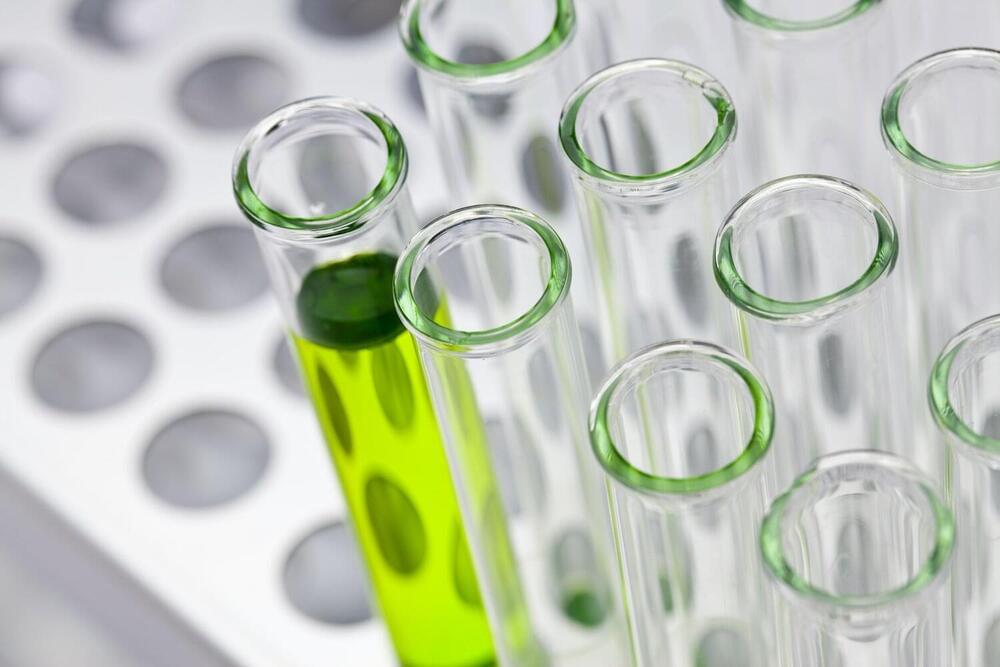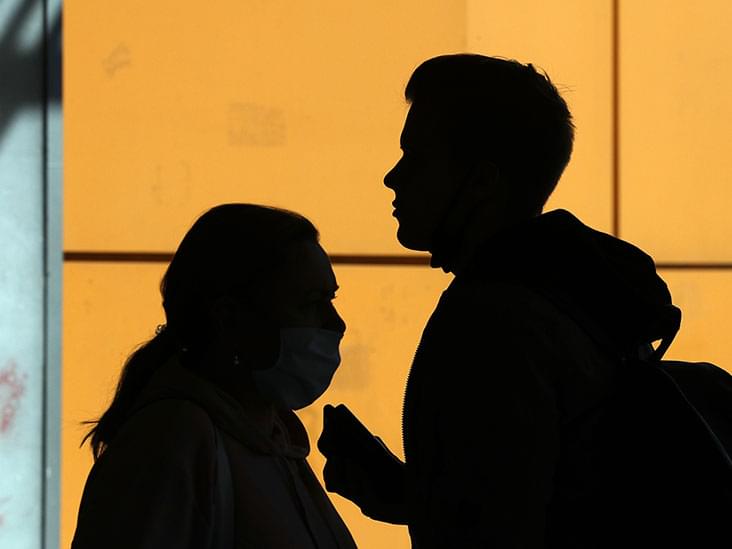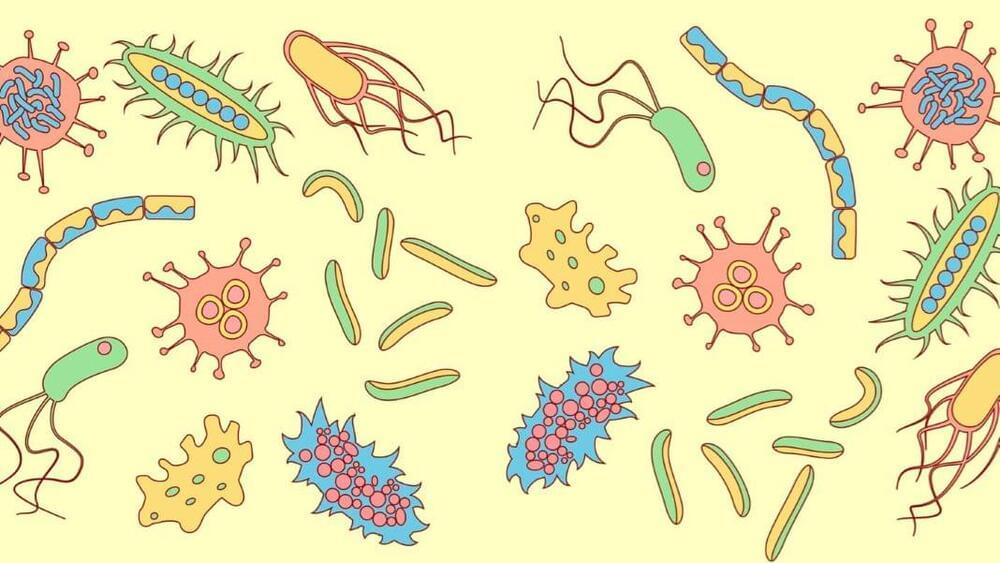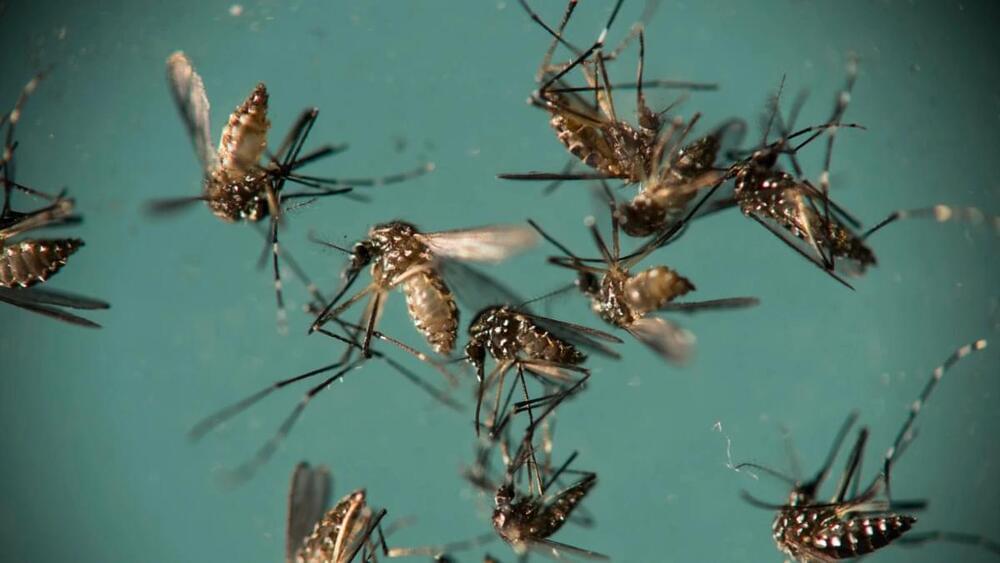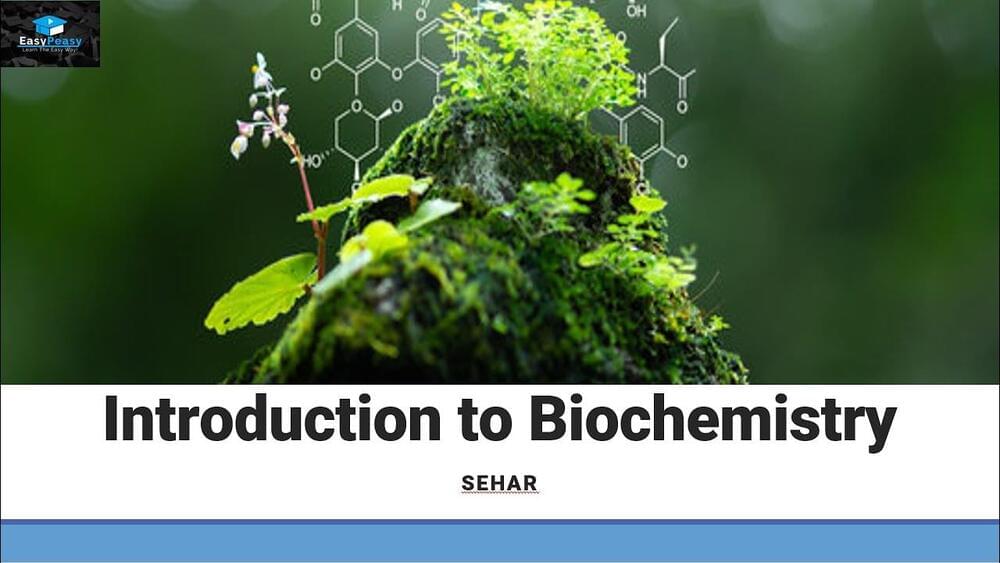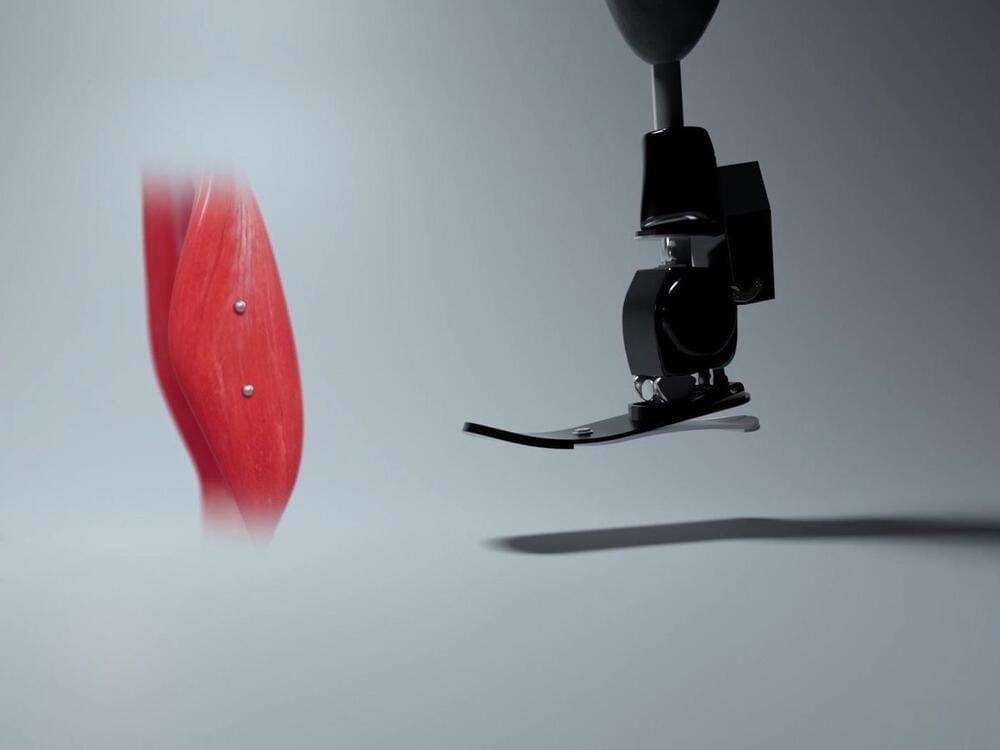Aug 23, 2021
The evolution of commercial drug delivery technologies
Posted by Omuterema Akhahenda in categories: biotech/medical, evolution, health
Drug delivery technologies have enabled the development of many pharmaceutical products that improve patient health by enhancing the delivery of a therapeutic to its target site, minimizing off-target accumulation and facilitating patient compliance. As therapeutic modalities expanded beyond small molecules to include nucleic acids, peptides, proteins and antibodies, drug delivery technologies were adapted to address the challenges that emerged. In this Review Article, we discuss seminal approaches that led to the development of successful therapeutic products involving small molecules and macromolecules, identify three drug delivery paradigms that form the basis of contemporary drug delivery and discuss how they have aided the initial clinical successes of each class of therapeutic. We also outline how the paradigms will contribute to the delivery of live-cell therapies.
This Review Article discusses how delivery challenges associated with small molecules, nucleic acids, peptides, proteins and cells led to the development of commercial products and are now informing the delivery of live-cell therapeutics.

